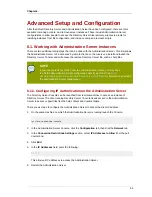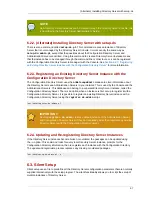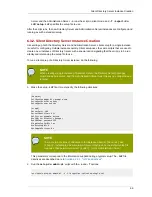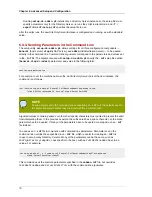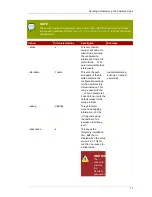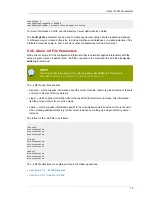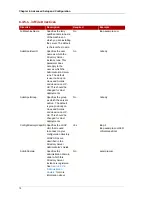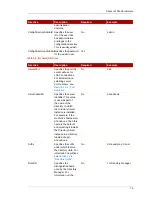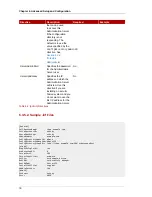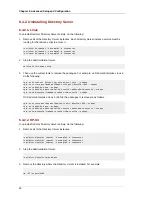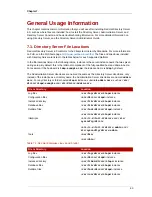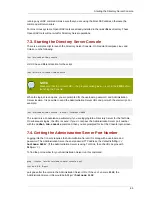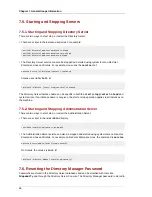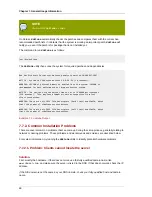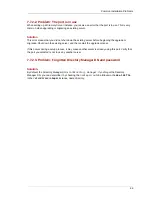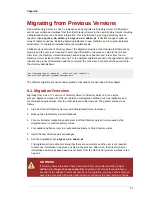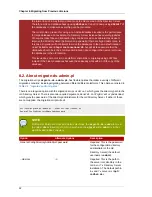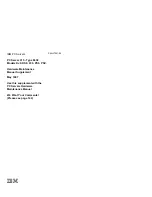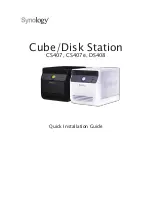
Chapter 6. Advanced Setup and Configuration
78
Directive
Description
Required
Example
that can be used
to access this
Administration Server
if the configuration
directory is not
responding. The
default is to use the
value specified by the
ConfigDirectoryAdminID
directive. See
Section 1.2.4,
“Directory
Administrator”
.
ServerAdminPwd
Specifies the password
for the Administration
Server user.
No
ServerIpAddress
Specifies the IP
address on which the
Administration Server
will listen. Use this
directive if you are
installing on a multi-
homed system and you
do not want to use the
first IP address for the
Administration Server.
No
Table 6.4. [admin] Directives
6.3.5.2. Sample .inf Files
[General]
FullMachineName= ldap.example.com
SuiteSpotUserID= nobody
SuiteSpotGroup= nobody
AdminDomain= example.com
ConfigDirectoryAdminID= admin
ConfigDirectoryAdminPwd= Admin123
ConfigDirectoryLdapURL= ldap://ldap.example.com:389/o=NetscapeRoot
[slapd]
SlapdConfigForMC= Yes
UseExistingMC= 0
ServerPort= 389
ServerIdentifier= example
Suffix= dc=example,dc=com
RootDN= cn=directory manager
RootDNPwd= Secret123
InstallLdifFile= suggest
AddOrgEntries= Yes
[admin]
SysUser= nobody
Port= 9830


